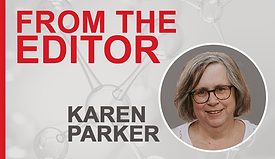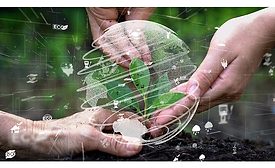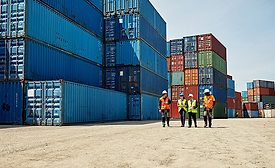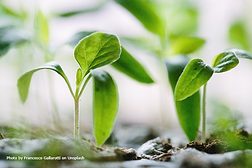Sustainability
From the Editor
In response to the continued focus on sustainability within the industry, the ASI team is introducing a new enewsletter to our audience: Sustainability Now.
Read More
Pick Your Polymer Properties: Tool Predicts How to Achieve Them with Biomass
Artificial intelligence speeds the discovery of more sustainable, higher-performing polymers with the help of a new tool from the National Renewable Energy Laboratory.
September 23, 2024
Enabling Sustainable Solutions for Packaging Hot Melt Adhesives with Functionalized Polyolefin Elastomers
The use of low-viscosity polyolefin materials in HMA formulations can lead to increased cost savings and lowered carbon footprint.
September 22, 2024
2024 Distributor Roundtable
Professionals in the distribution of raw materials and chemicals offer their latest takes on the state of the industry and how working with a distributor can benefit your company.
September 22, 2024
Challenges in Developing Sustainable Packaging Solutions for Adhesives
The entire life cycle of a product, or the system into which the product flows, should be considered to identify additional carbon reduction potential.
September 18, 2024
Industry Professions to Address Sustainability Challenges at 2024 Summit
The ASC Sustainability Summit will focus on key sustainability issues within the adhesive and sealant industry.
September 17, 2024
Sustainability Practices in Pressure-Sensitive Adhesive Manufacturing
While challenges remain, the benefits of sustainable practices make a compelling case for the transition toward more eco-friendly adhesive manufacturing.
September 17, 2024
Keep the info flowing with our eNewsletters!
Get the latest industry updates tailored your way.
JOIN TODAY!Copyright ©2024. All Rights Reserved BNP Media.
Design, CMS, Hosting & Web Development :: ePublishing










